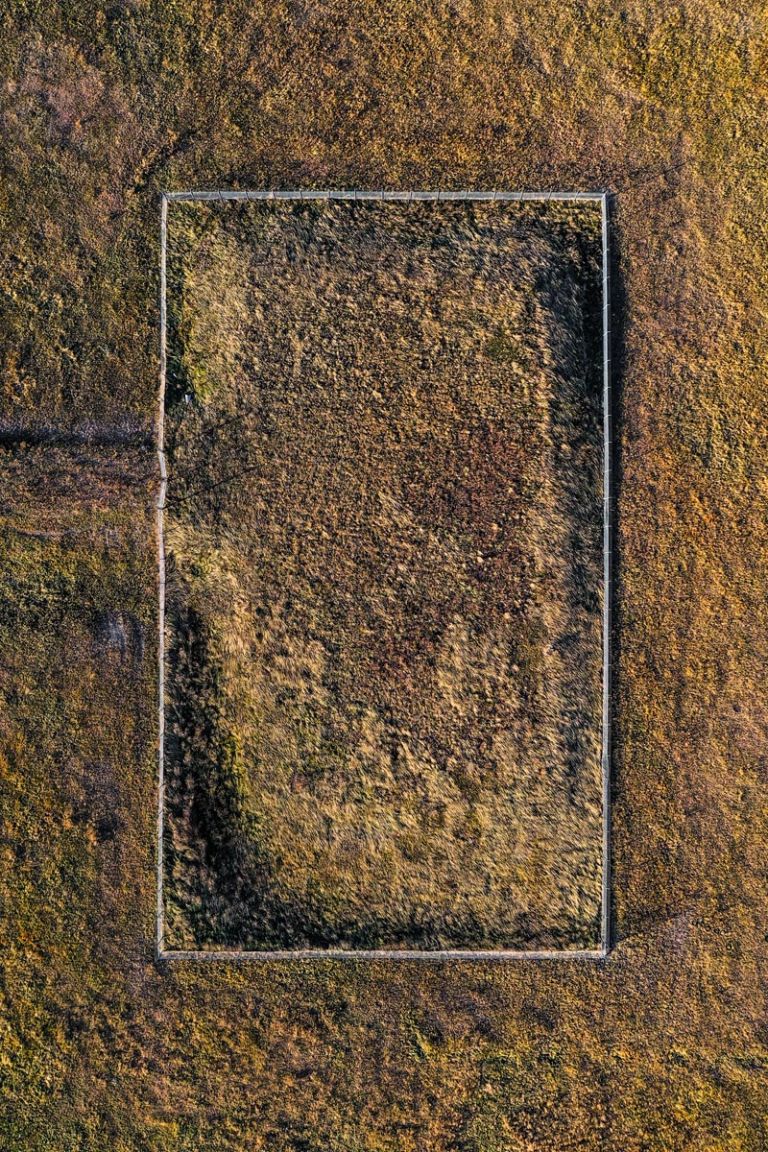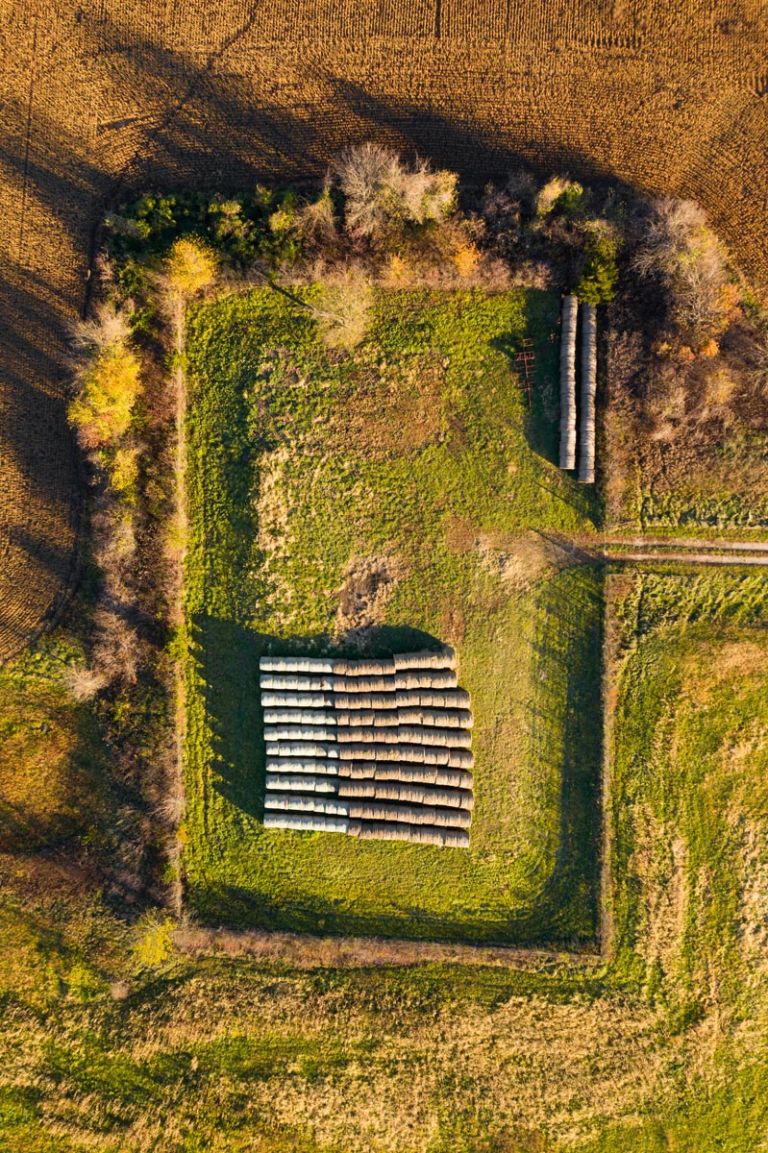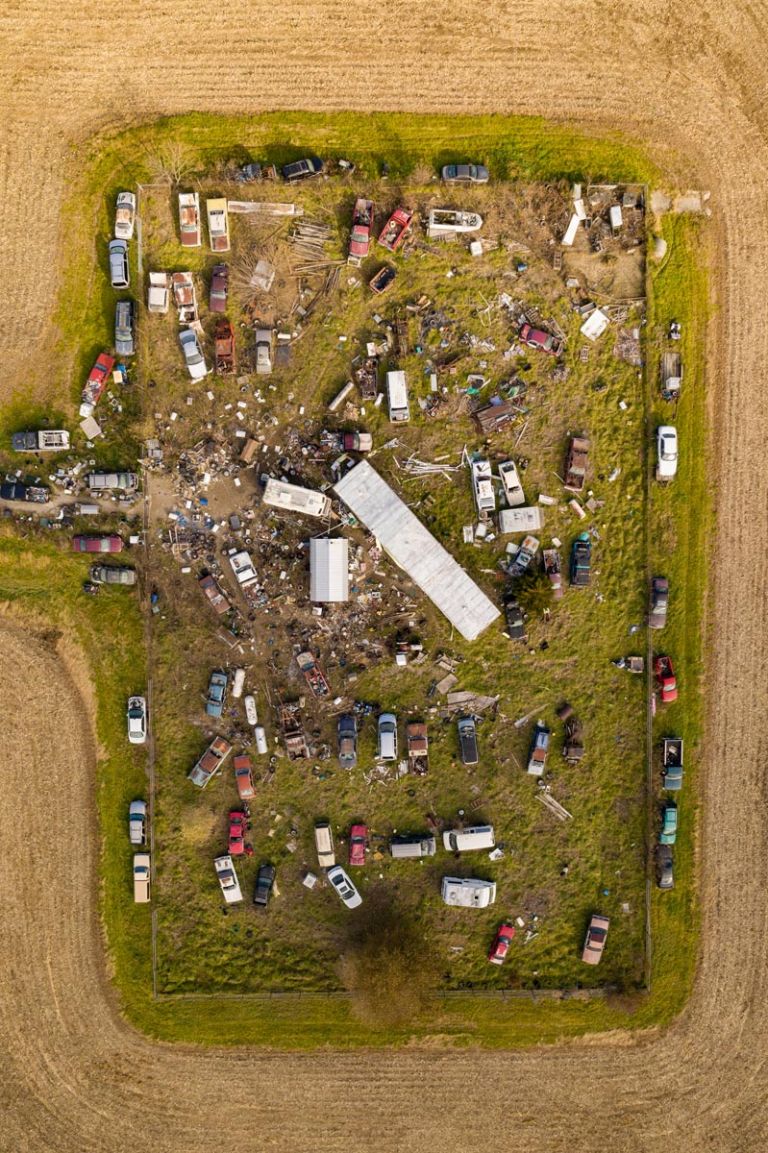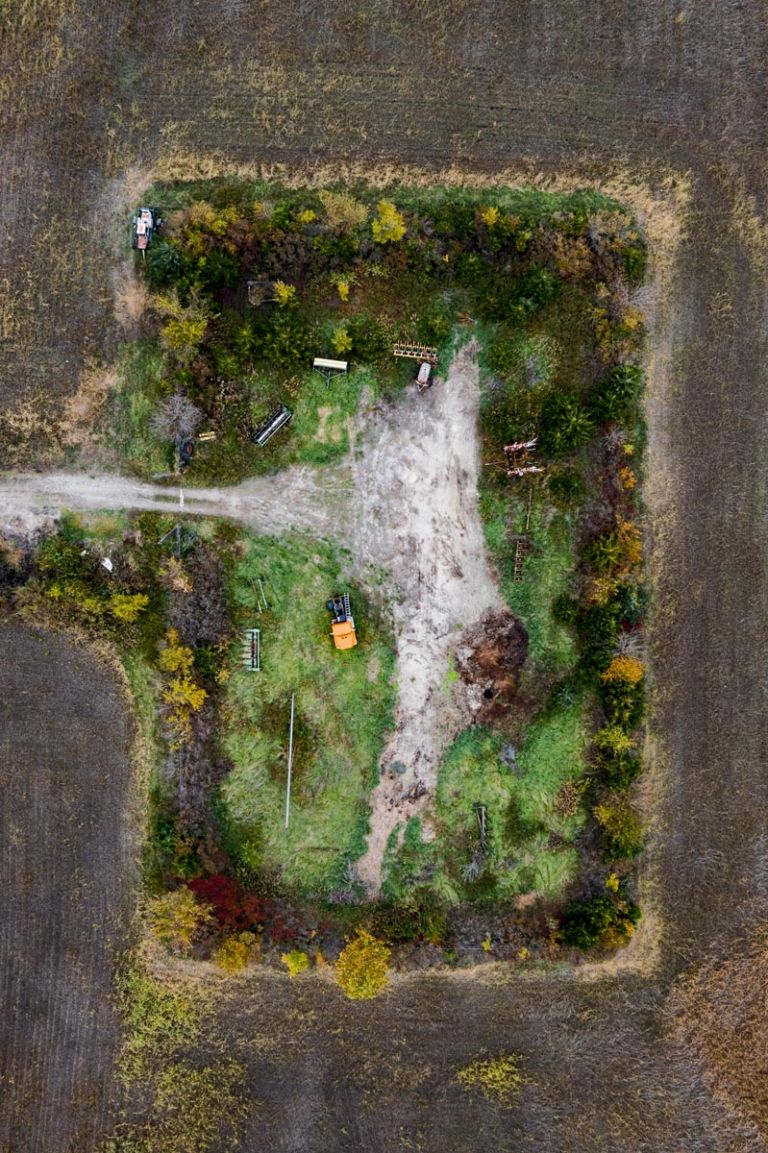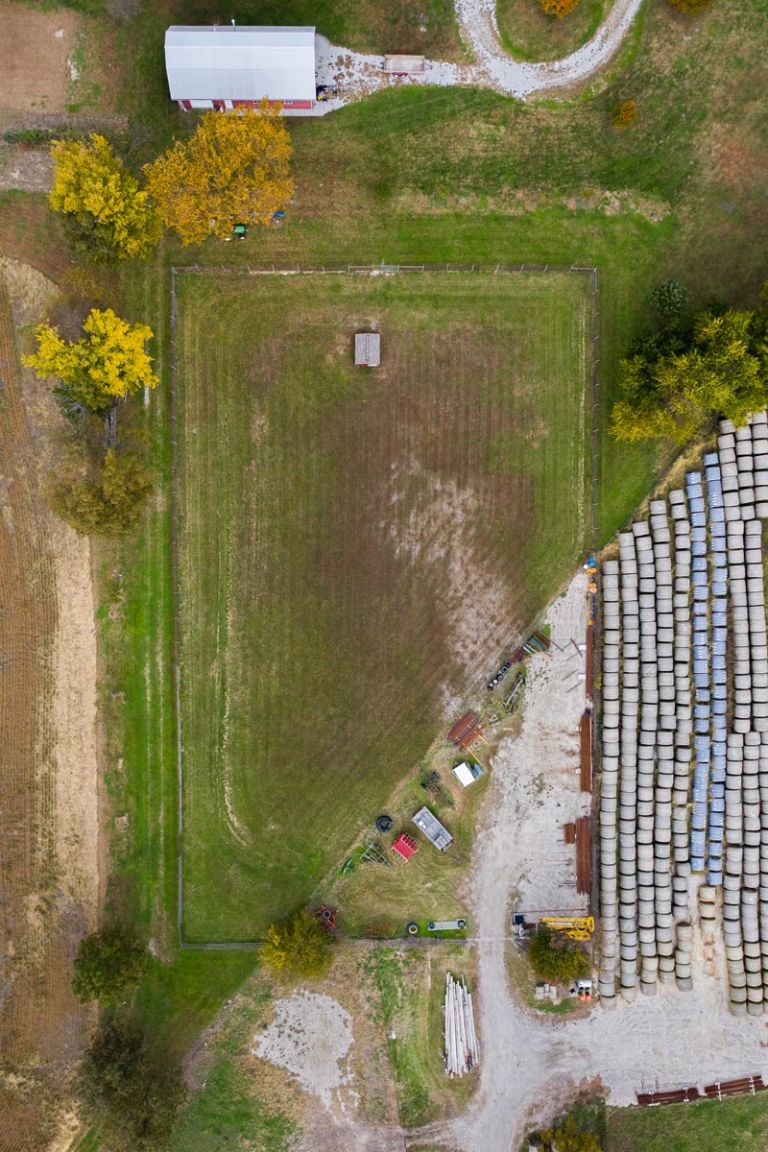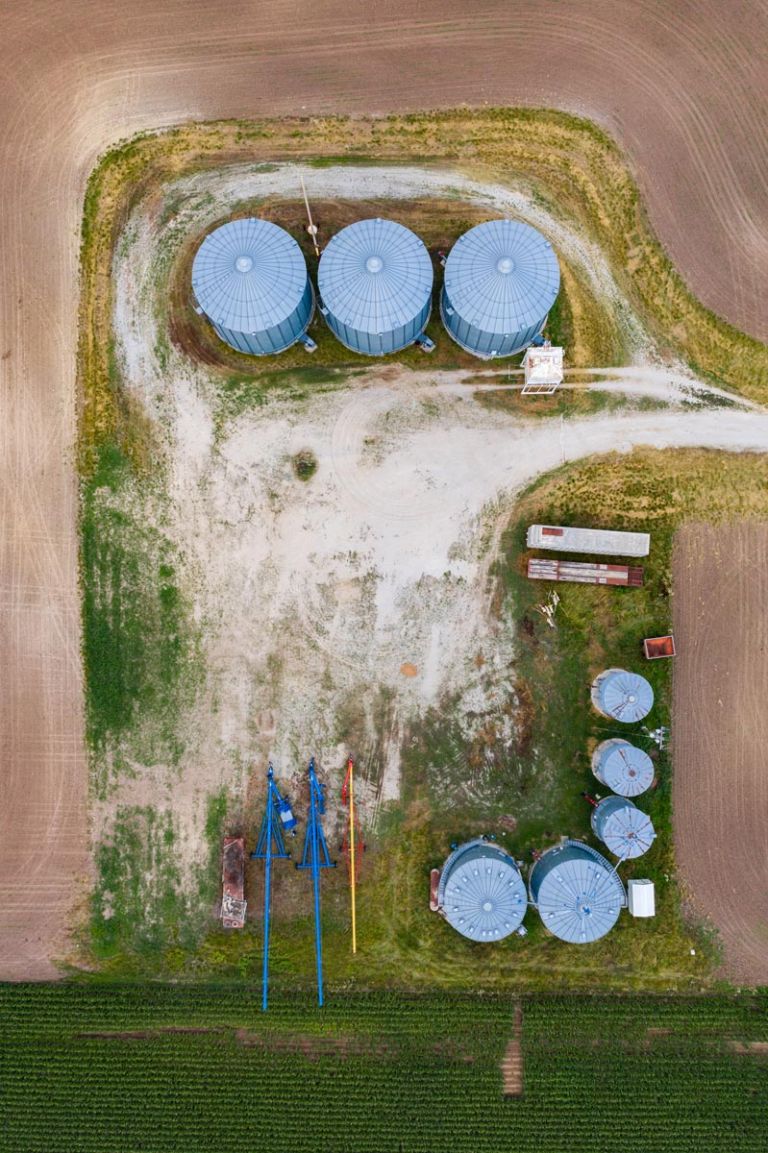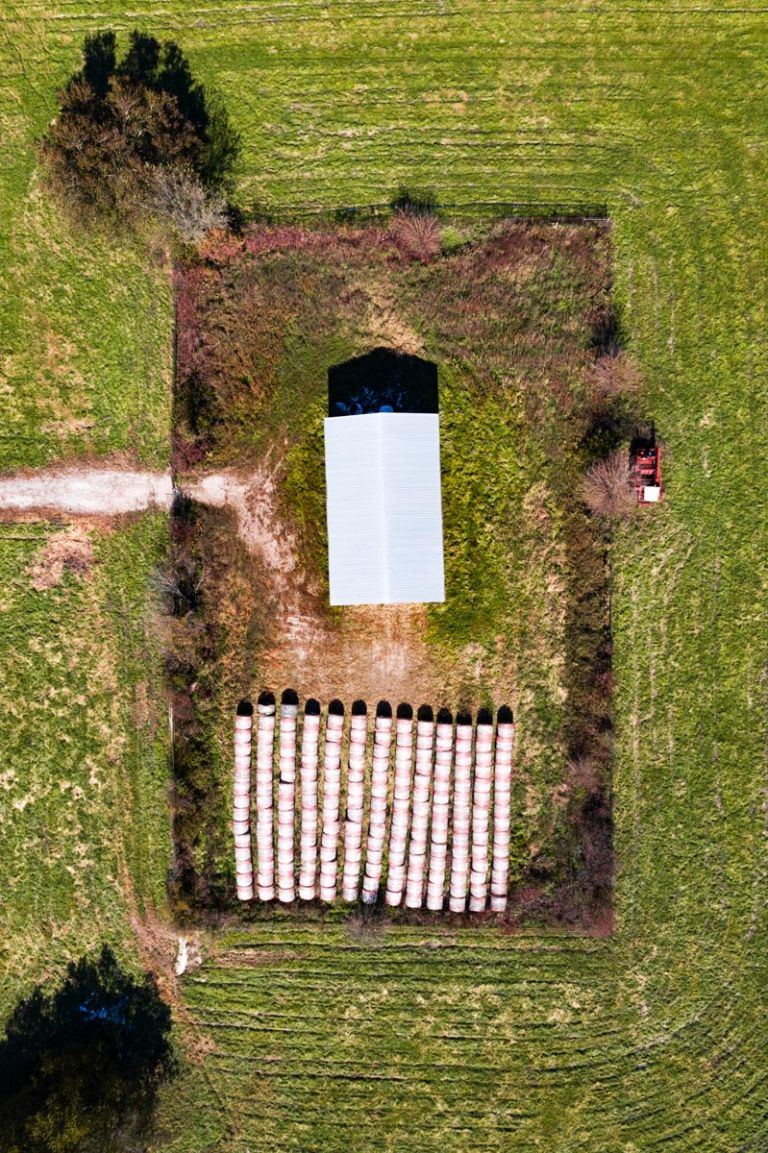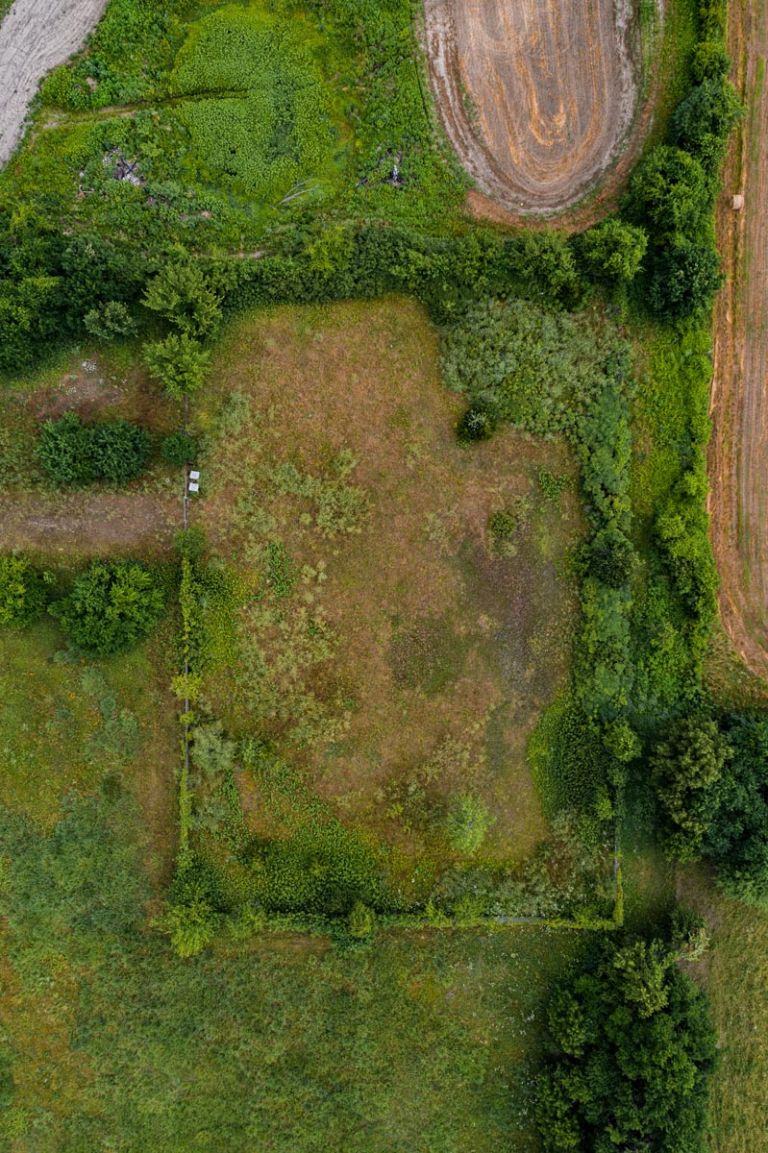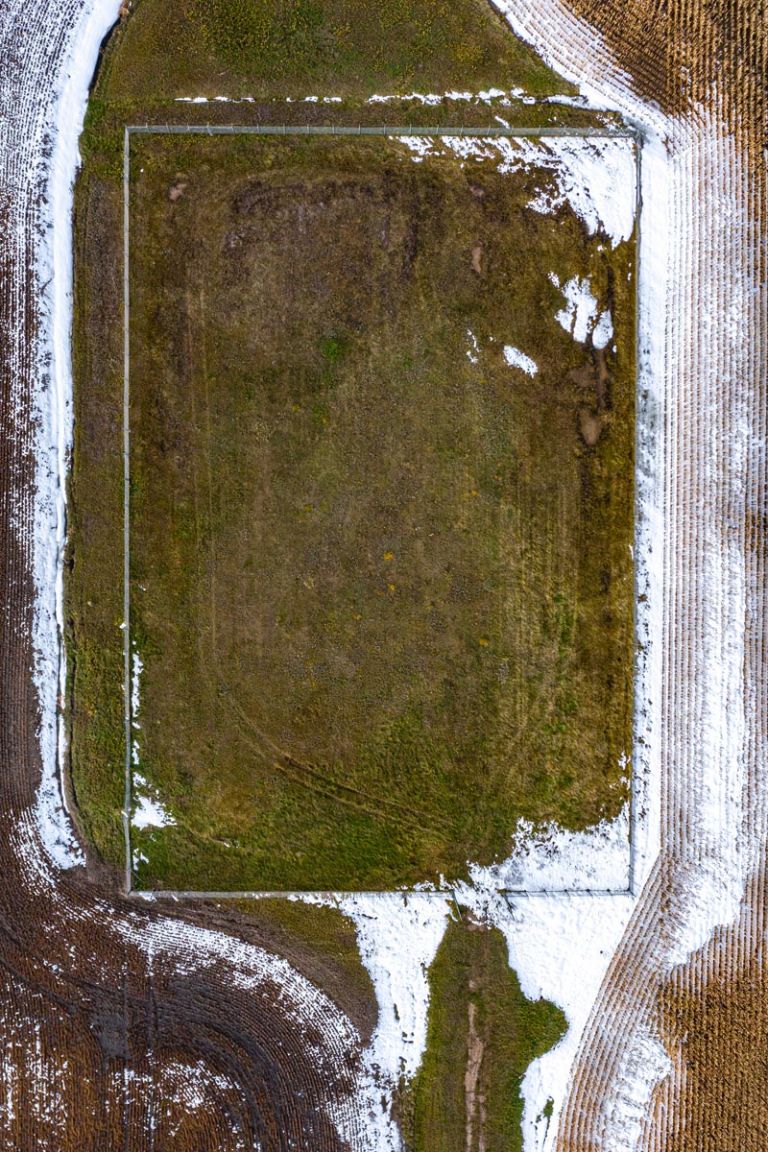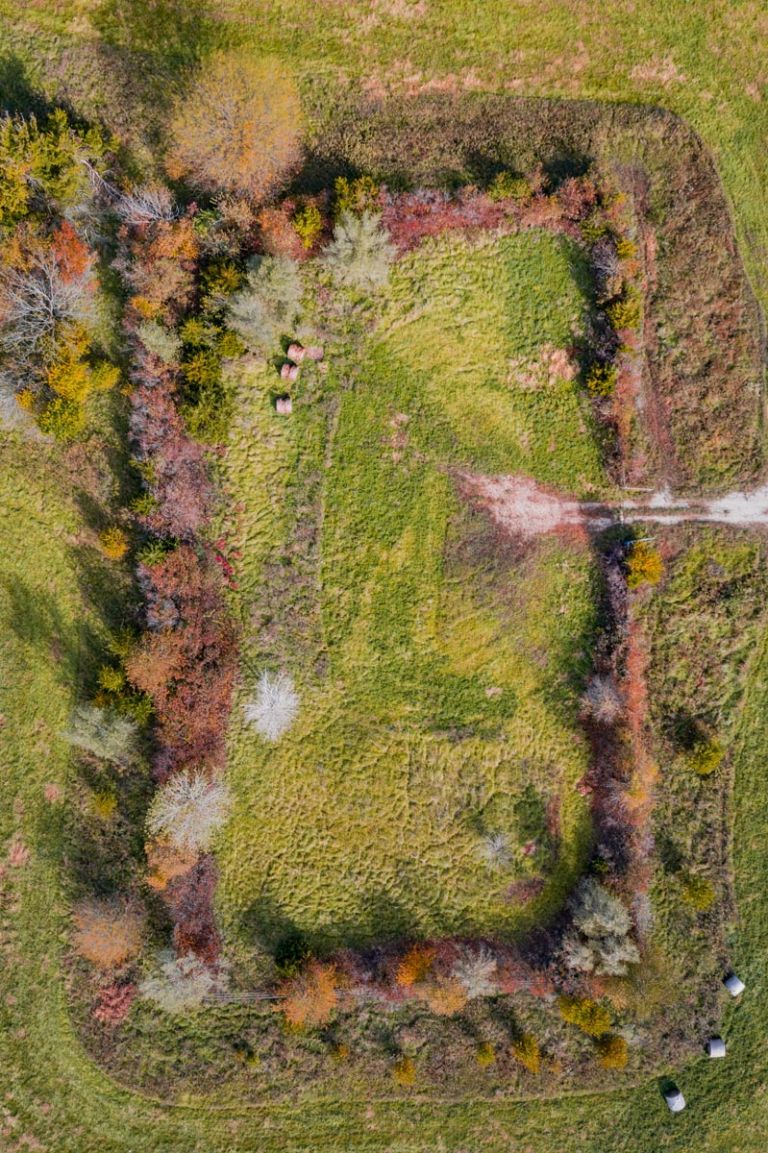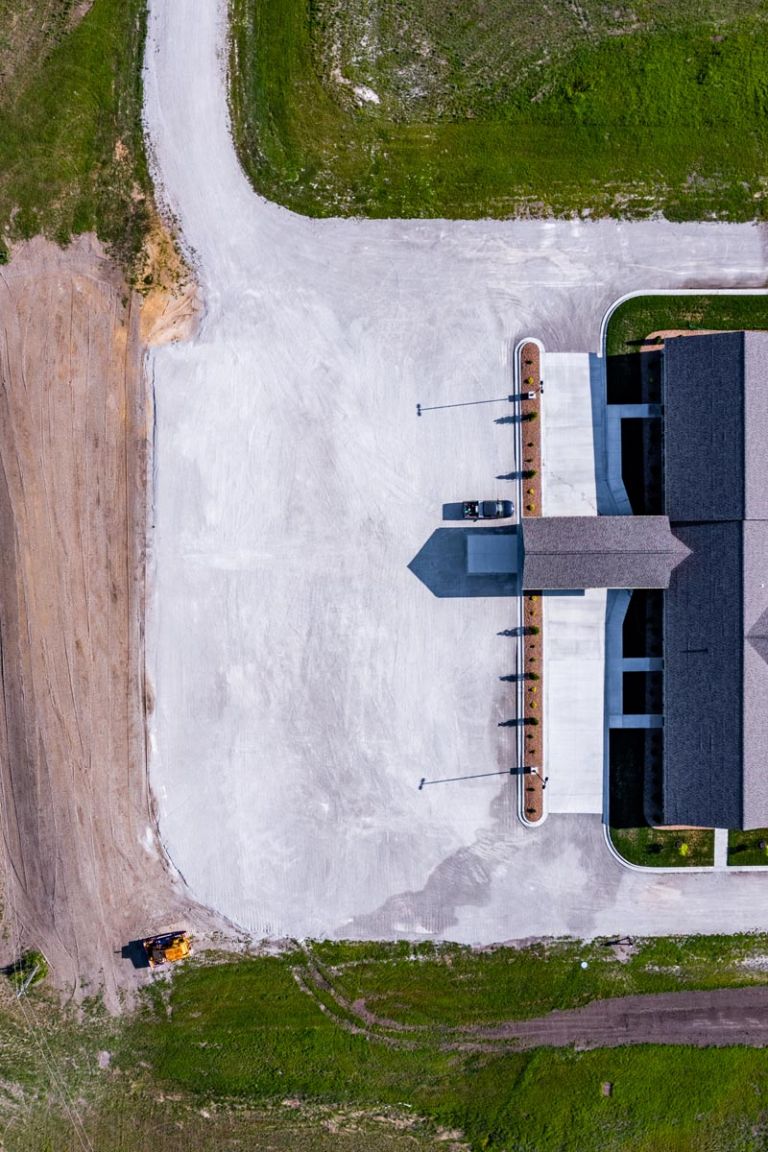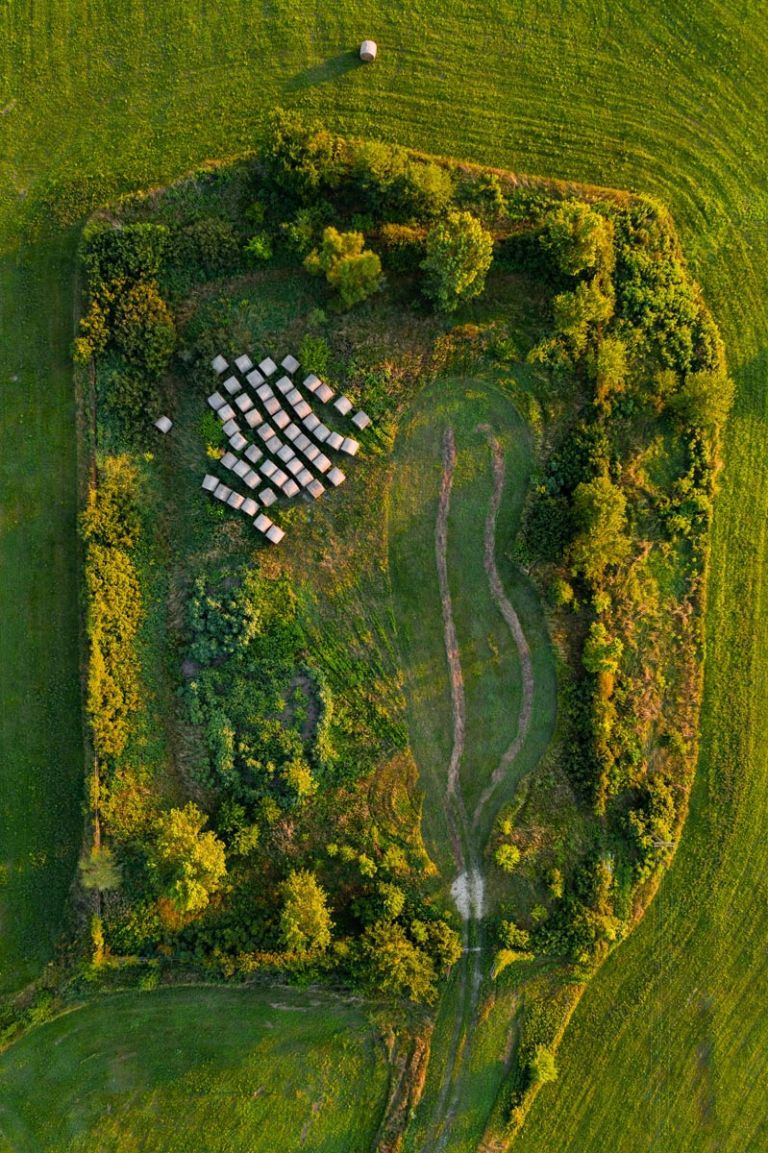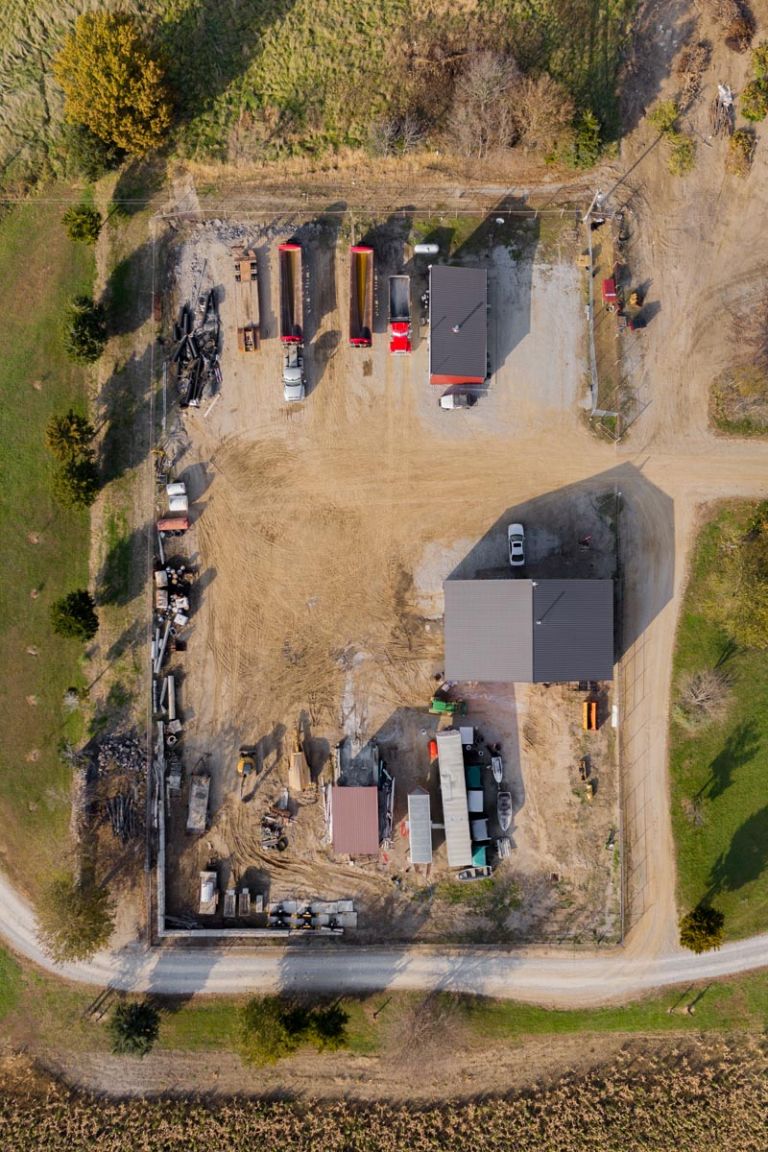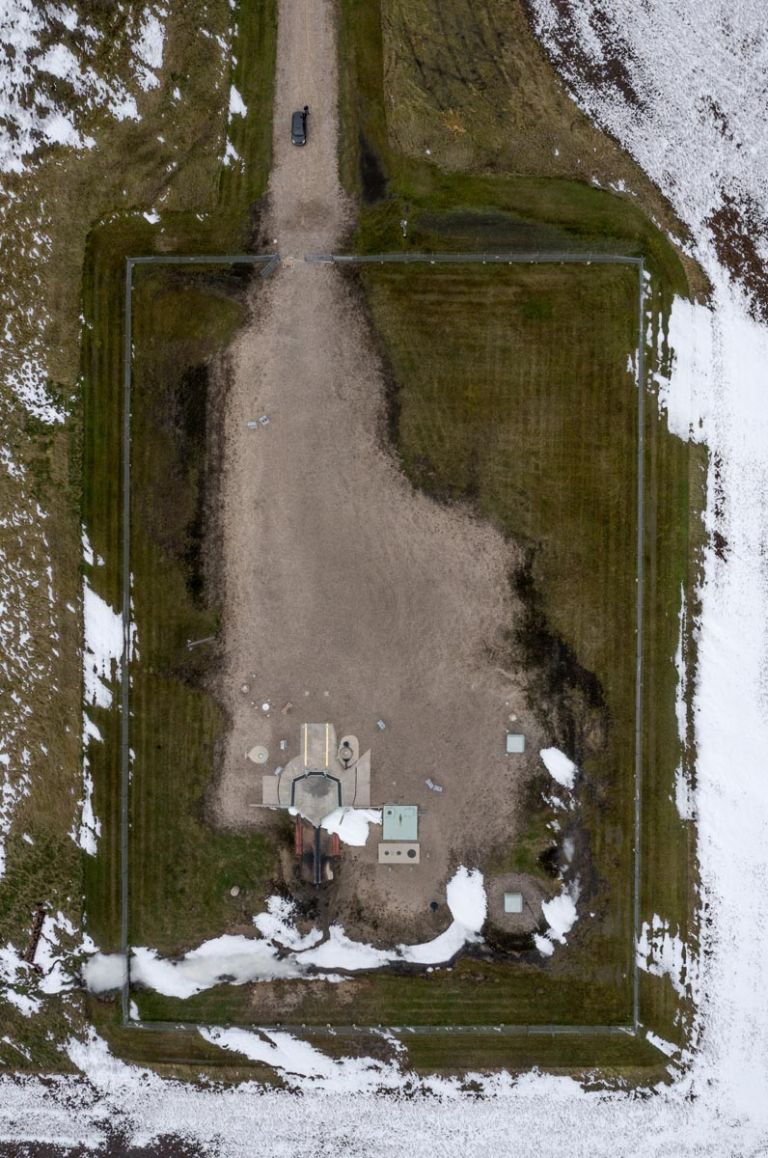Nate Hofer, USA
Hofer’s father was a Mennonite, worked as a teacher in Nigeria, where Nate was born, then moved with his family to Eudora in Kansas. His parents did not allow Nate to watch The Day After: a stirring TV production from 1983 on the gruesome consequences of a fictitious nuclear war between the super powers. The “overkill”. A dystopia that roused both sides, not least the friends of heavily armed ditches.
But this ban did not stop Hofer from adopting a critical stance towards increased armament. It was the pacifism of the Mennonite church that influenced him more. And in his pictures he visualizes the message that peace can be achieved. Even if the doomsday clock stands at 100 seconds to midnight. “It is possible after all,” he says, “People are capable of stepping back from the abyss. We just have to decide to do it.”
And what else does Nate Hofer do? He is chief designer of a digital agency in Kansas City, also works in advertising. And beneath a cool “Hello” on his website, he admits that he likes playing the guitar.
They look peaceful, these rectangular pieces of landscape in the American Midwest. Farming land, parking for scrapped cars, area of wild growth, church square, forest, harvesting yard. But beneath them used to be hidden what could once have brought the death of millions: 450 launching platforms for intercontinental ballistic missiles, aimed at the Soviet Union.
They were constructed from 1962 onwards. In Missouri, in Montana, in South and North Dakota. Mostly far from larger settlements. And far enough north to be able to reach not only Russia but also China. A massive potential threat in Cold War times.
The end for these platforms of destruction came when US president George W. Bush and Soviet president Mikhail Gorbachev managed to agree in 1991 on the so-called START treaty: an agreement to at least reduce their nuclear weapons arsenal. Once the missile launch facilities had been dismantled, the land was sold back to the farmers, sometimes for 600, sometimes for 12 000 US dollars.
Now cattle roams the area, combine harvesters park there, Seventh Day Adventists gather above the flooded subterranean facilities. Land is being sold on eBay. Or grass is simply growing over an old issue.
They don’t just look peaceful, these rectangular pieces of US landscape. Now they really are.
And because he has a personal history with war, at least with the Cold War, because he grew up in those times, American photographer Nate Hofer looks through the eye of his camera drone with great joy on this version of “swords to ploughshares”. A transition from military to civil. (Text by Peter-Matthias Gaede)
